We Italians like to say that a gesture is more valuable than a thousand words.
Surprisingly, we don’t actually have a gesture that says that, but we do for almost everything else.
When it comes to body language, we simply rule.
As we talk, our hands fly in the air making unmistakable signs, our faces twist into funny expressions.
These make up a dictionary all of their own, albeit one that’s frequently rude and, for reasons that aren’t entirely clear, slightly obsessed with testicles.
For outsiders, this can be as tricky to negotiate as Rome’s rush hour.
To help, we’ve compiled a guide to some of the most popular expressions.
Also check out our video compendium.
But be warned: using the wrong gesture to the wrong person can have serious repercussions.
‘E corn (The horns)
Horns play almost as big a part in Italian sign language as testicles.
They’re made with either or both hands.
The middle and ring fingers are clenched while the thumb, index and and little fingers are extended.
Often they’re used as a superstitious gesture – the devil’s horns are said to drive away curses or bad luck.
Inevitably they’re also an insult.
A single horned hand can be used to indicate someone is a cuckold, or more simply, a bastard.
It’s OK to use this when stuck in traffic.
Everyone else will be.
Ma che stai a dì/ma che vuoi? (“What the hell are you saying?”)
When people portray Italian stereotypes, they often use this gesture.
And they’re right.
For this one, the fingertips of either hand are brought together, upright while the hand is waved up and down.
It can be used to ask “what the hell are you saying?” or “what the heck do you want?”
Italians frequently use it in conversation.
Even when they’re on the phone or talking to themselves.
It’s often an involuntary gesture – something we can’t help doing, like blinking or producing the world’s best gelato.
‘Ntze (No direct translation, but means “no”)
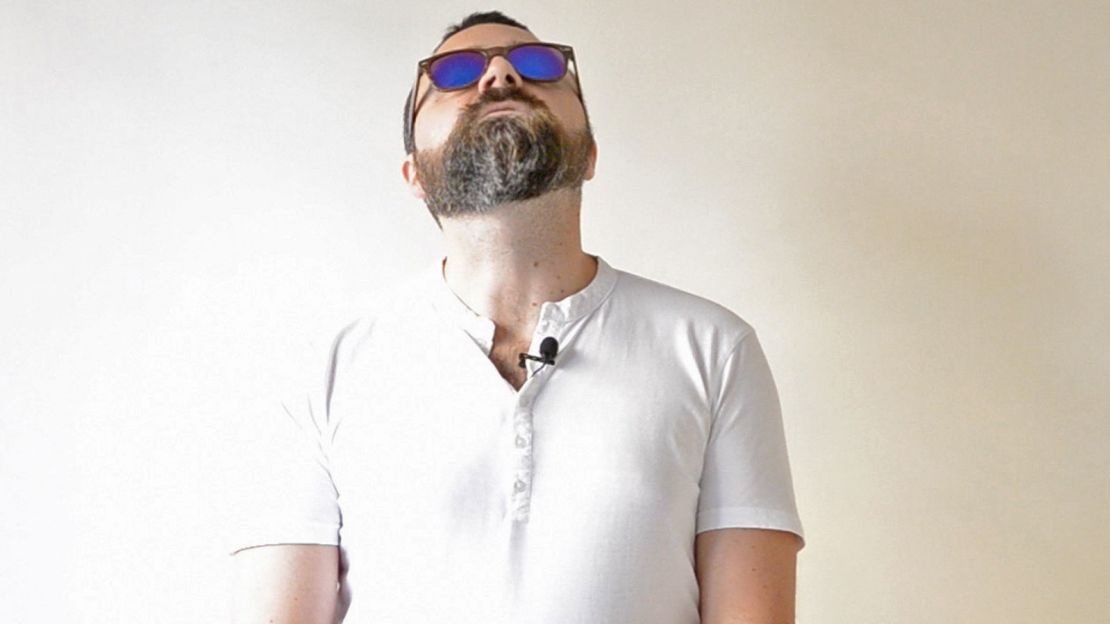
Easy to get confused by this topsy-turvy one: it looks like a yes, but it’s actually a no.
It involves what is essentially a reverse nod – a single backwards whip of the head, accompanied by a “ntze” sound.
It’s a popular gesture in Italy’s deep south.
It’s best avoided when talking to strangers and by anyone suffering from a stiff neck.
Ma va va (“Get lost,” “F-off”)
The subtlety of this gesture often confuses non-Italians who fail to grasp its unsubtle meaning.
It usually involves an outstretched arm that is chopped up and down, often accompanied by a sweetly smiling face.
Despite the mixed signals, the message is unequivocal: “Get lost.”
Actually, that’s the polite translation.
It’s commonly used, so once anyone has mastered the irony of the gesture, they should feel free to to deploy it at will.
But be warned, it can turn nasty – usually signified when the swinging arm looks as if it’s about to turn into a slap.
Ti faccio un coso così (“I’ll make yours this big”)
This is where the insults start drifting below the belt.
Here, hands are held out at waist level, several inches apart.
Thumbs are stuck out and index fingers used to indicate either side of the gap between them.
The literal meaning here is: “I’ll kick you so hard your buttocks will end up this far apart.”
It’s a fairly aggressive threat, so it’s probably best to seek butt-saving solutions – run if necessary.
It can be deployed jokingly to warn a friend that they’re overreacting – but mothers and potential girlfriends, especially those with burly older brothers, are considered strictly out of bounds.
Me stai qui (“I can’t stand you”)
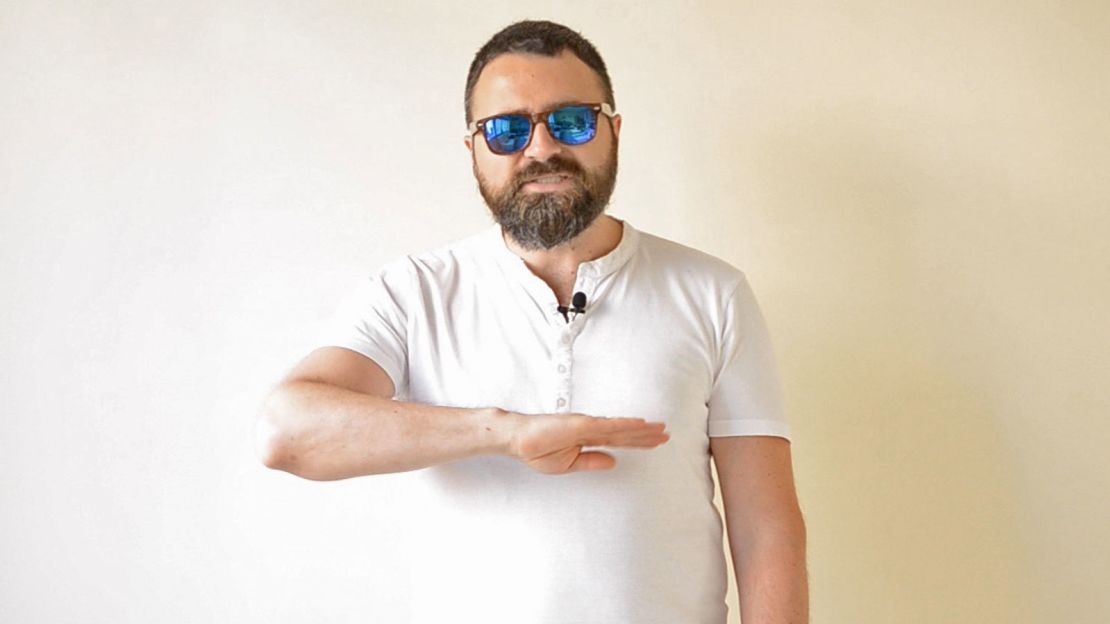
While this gesture involves a forearm held horizontally against the stomach, it’s neither a gesture of hunger or an invitation to lunch.
It simply means: “I can’t stand you.”
Grattata (The scratch)
Don’t say you weren’t warned: this one involves genitals.
The gesture involves using the left hand to mimic scratching a left testicle.
Italian men do this anytime, anywhere – but it doesn’t necessarily mean they’re feeling itchy.
In Italy, scratching down there is believed to keep evil spirits away and is done whenever a vaguely sinister event transpires.
A hearse drives by: time to scratch.
A black cat crosses the path: time to scratch.
Get the tests back from the clinic: time to scratch, then maybe apply some ointment.
There’s an equivalent for women – touching the left breast with the right hand.
‘Ntaccatu (Sicilian dialect, means something like “smart move”)
Not all Italian hand gestures have negative connotations.
This one resembles the “horns,” but the thumb is rested gently against the cheek, the index finger remains clenched and the little finger points outwards.
If an Italian does this to someone, they’re expressing approval.
Basta/Uffa che palle (“Enough/My balls are getting this big…”)
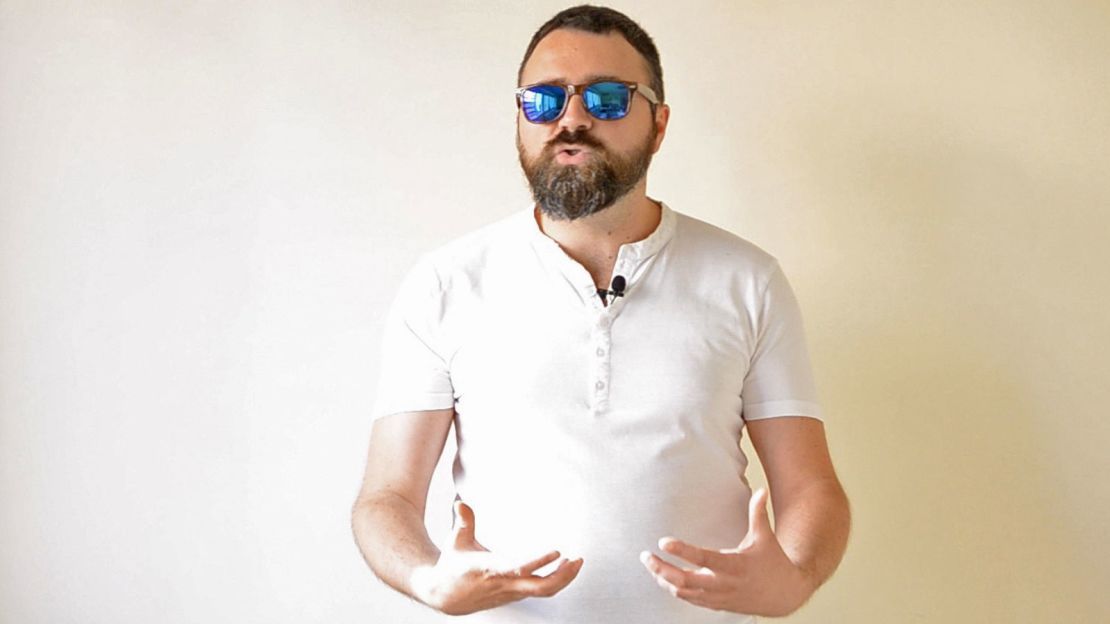
Another Italian classic – so, inevitably, it involves genitals.
Here the hands are held loosely in front of the body and shaken from the wrists.
Optionally, the arms can be crossed.
It means “enough,” or “I’ve had it,” or “gimme a break” and symbolizes an imminent testicle explosion.
Italians use it dozens of times a day, just to stress a point.
Visitors can try it when they’re exasperated, but shouldn’t overdo it, otherwise they risk looking clumsy and even more obsessed by testicles than Italians.
L’Ombrello (The Umbrella)
Another familiar gesture to students of Italian sign language, this supposedly mimics the act of hanging an umbrella on a hook.
One arm, with a clenched fist, is brought high across the chest while the other hand slaps the crook of the raised elbow.
It works on a sliding scale of offensiveness depending on the circumstance.
At worst it’s a substitute F-bomb.
At best it’s a “nice” way to tell people to go to hell if they ask for huge favors, like borrowing money, drinks or lengthy explanations of Italian sign language.
Again, it’s not one to deploy on senior relatives, or to people genuinely deserving assistance.
Sesso (Sex)
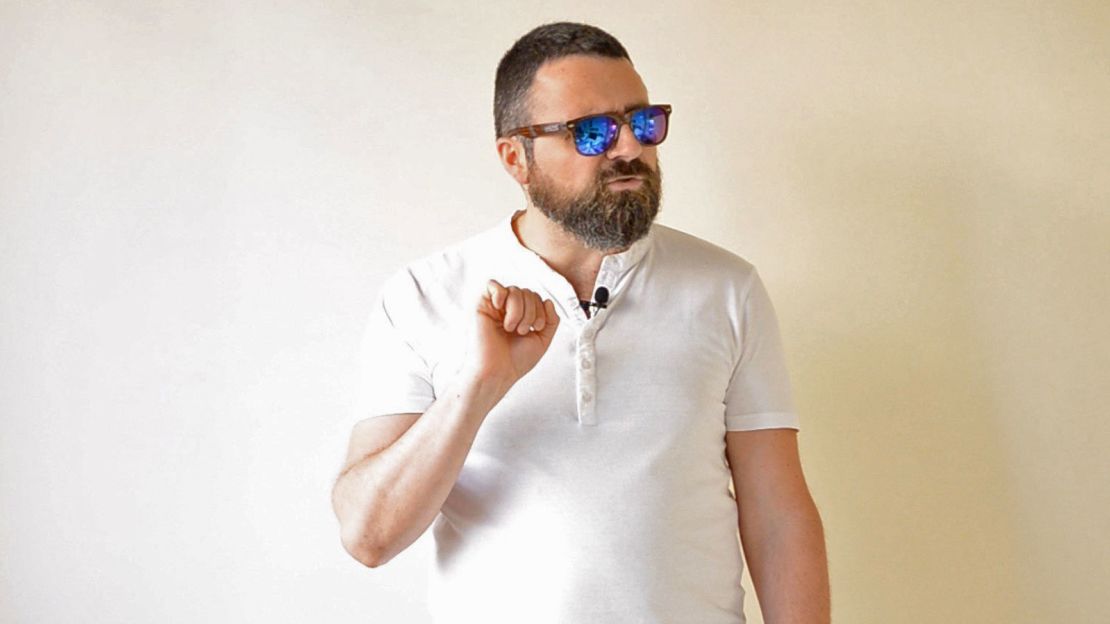
There are a couple of gestures for women to be wary of when encountering macho Italian men.
As you’d expect from all the testicle scratching, Italians aren’t shy about the facts of life and so it’s not uncommon for men to come right out and say it, albeit in sign language.
If they hold their fist aloft and appear to knock the air, they’re asking for a one-night stand.
If they place their index fingers together, pointing toward you, they’re just asking you out.
In either case, whether it’s a “yes” or “no,” it’s best to be just as up front in response.
Occhio (“Beware”)
This is clearly a warning gesture, deployed by placing an index finger below an eye, tilting the head and glowering.
It says: “Beware, I’m watching you every step you take and I’m not stupid.”
There are Mafia overtones and it can be quite alarming when witnessed for the first time.
To be used carefully, particularly in Sicily.
Si t’ancagliu (“If I catch you”)
For this gesture, teeth are chomped into a hand held horizontally at head height. The bitten hand is then used to make a chopping gesture in the air.
This might look as though it indicates hunger, but in fact sends a message of impending punishment.
It stands for: “If I catch you you’re in deep trouble, I’ll hurt you.”
Mothers use it with restless kids making too much noise.
It’s also sometimes used by men eyeing up women they’d like to get their hands on, if only they could stop biting those hands.
Non me va/non me frega (“Couldn’t care less”)
Italians get pretty heated up when they quarrel.
Hands fly everywhere.
This gesture reins them in to make a decisive point.
The fingertips of one hand are placed under the chin pointing toward the neck, then swiftly flicked outward towards the person being argued with.
It means that they’re not willing to do something, or they simply couldn’t care less.
Ma guarda questo (“Take a look at him/her”)
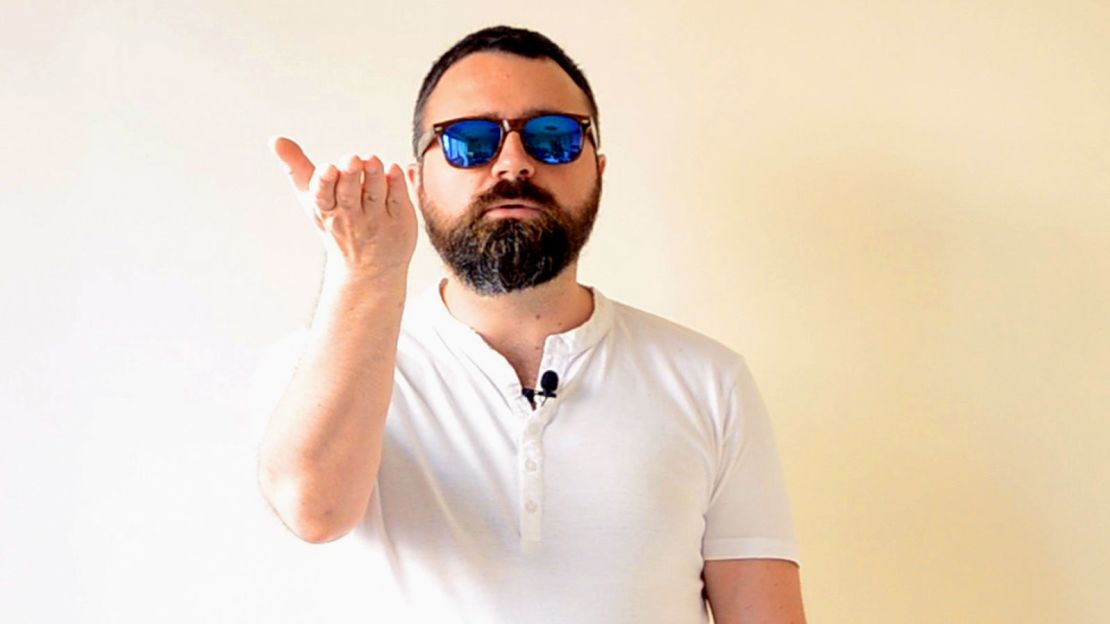
An outstretched hand might seem like a friendly gesture.
Here it’s anything but.
The arm is stuck out in front and the palm rotated upward, while the face takes on a look of righteous indignation.
This is used to criticize and ridicule someone’s actions, words or appearance.
As in: “If this person thinks they’ve mastered Italian sign language, they’re clearly a fool.”
Silvia Marchetti is a Rome-based freelance reporter. She writes about finance, economics, travel and culture for a wide range of media including MNI News, Newsweek and The Guardian.
Gaetano Virgallito is a Rome-based photographer and videographer who hails from Basilicata in Italy’s “deep south.”
















